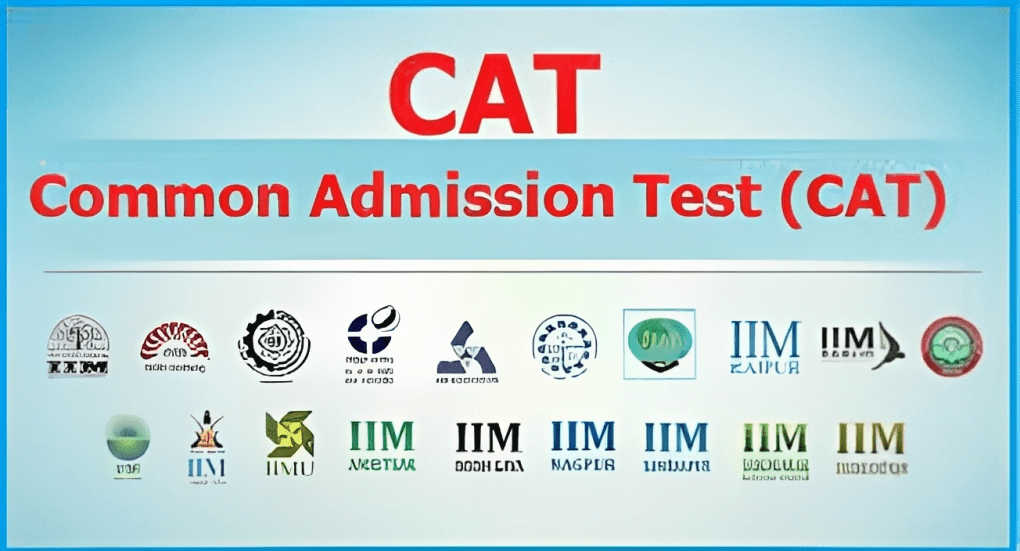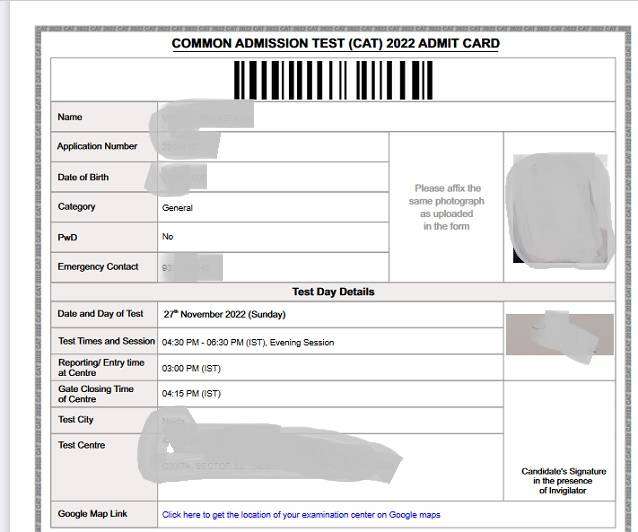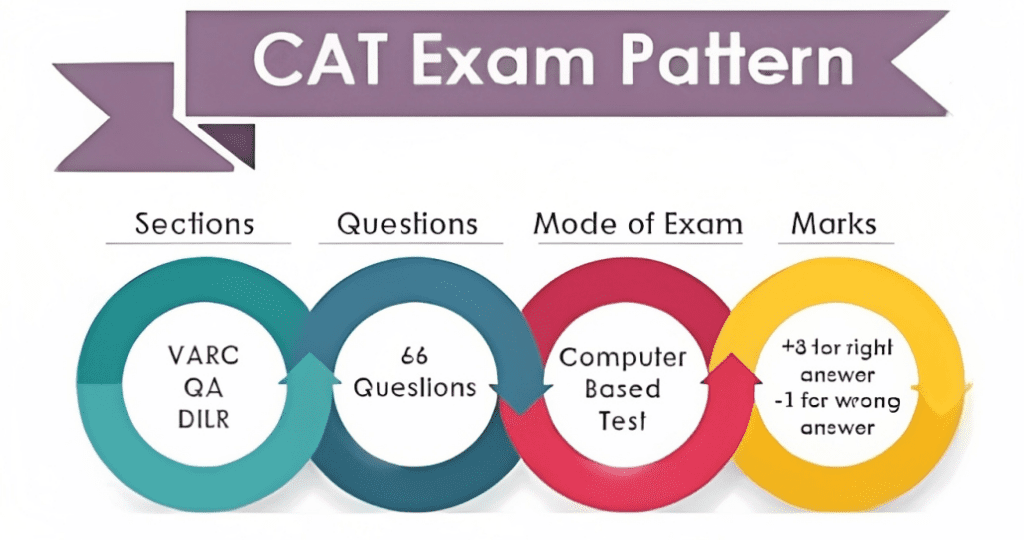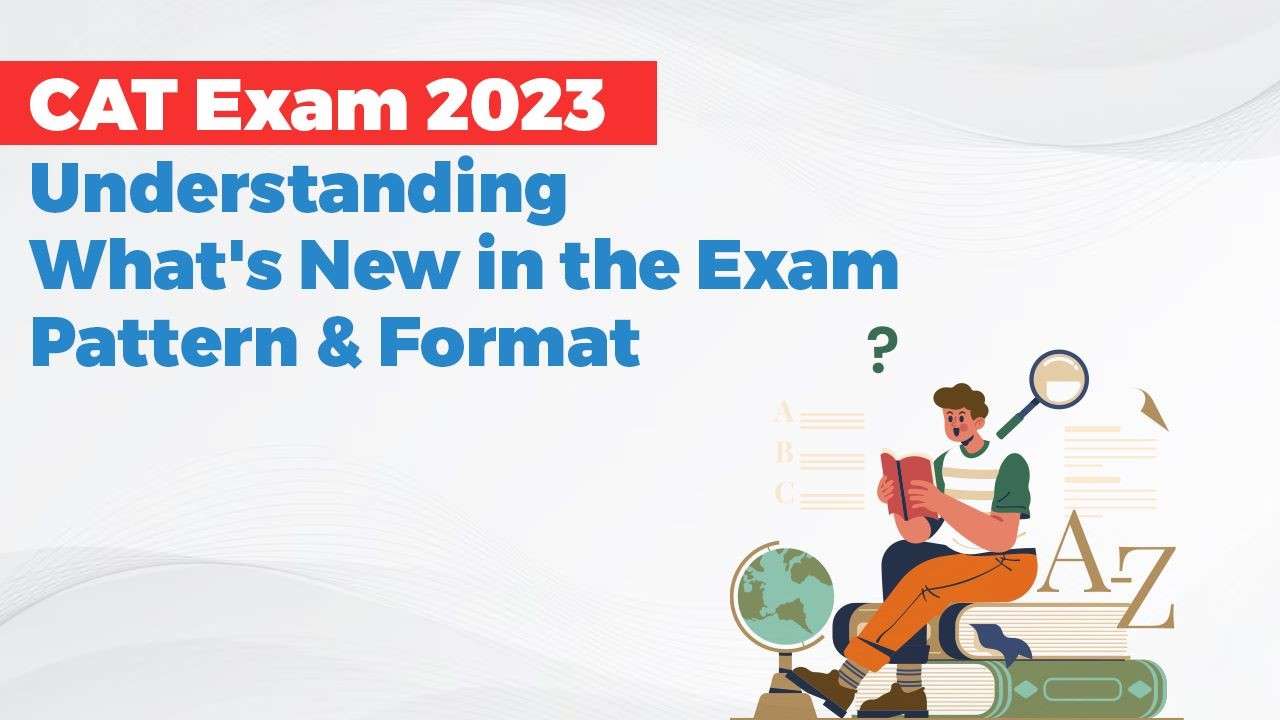The Common Application Test (CAT) Group Discussion, or GD as it is more generally known, has strengthened its place as a requirement for admission to IIMs and other MBA programs. The best candidates are chosen through group discussions in the CAT and IIMs.
Students who are chosen for Group Discussions are put on an equal footing depending on their percentile despite having received high marks in the tough CAT and other MBA entrance tests. In order to select a small number of candidates among numerous, more screening becomes necessary.

WHAT IS GROUP DISCUSSION (GD)?
A group discussion (GD) typically has 10 to 15 members. The group is informed of the topic before the procedure for a group discussion begins, and everyone is then given three to five minutes to prepare. Only when the subject is based on a case study and calls for longer statements can you receive more than 5 minutes to prepare.
After the preparation period is over, the selection panel names the group that will lead the discussion and then acts as a silent observer, refraining from moderating or mediating the conversation. Without any guidance from the panel, the group members are free to discuss the subject as they see fit. Any speaker may open or close the discussion, and the panel does not stipulate a maximum number of speakers. Even the time limit is subject to abuse.
Most group discussions last nearly 15 minutes on average (not including preparation time). The conversation might go on for longer than 30 to 45 minutes in some unique circumstances (like IIFT).

WHY IS GD CONDUCTED?
Every student seeking an MBA is aware of the benefits of group discussions. The final-year candidates are well educated about it. It has a significant impact on the interviewing process. Understanding an interviewer’s or panelist’s point of view is necessary to comprehend the function of the group discussion. How crucial it is for a candidate, and how to prepare for it. Remember to study up on some of the most popular MBA interview questions and the reasons why all interviewers love them.
This round is used to evaluate a candidate’s capacity for interaction. A group conversation is more like swimming because it requires you to interact with people you have preferably never met before.

PROCESS OF GD
The Group Discussion (GD) round is a part of the selection process for the Common Admission Test (CAT), which is conducted by the Indian Institutes of Management (IIMs) for admission into their post-graduate management programs. The GD round is an important part of the selection process as it helps the IIMs to assess the candidate’s communication skills, leadership skills, and ability to work in a team.
Step 1:
The subject announcement is the initial step in any GD. The panelist will introduce the subject.
Step 2:
This is a preparation period during which all applicants will be allowed 2 to 5 minutes to prepare their content.
Step 3:
At this point, one applicant, who may be any of the other participants, starts the conversation. Following that, everyone has an opportunity to speak up and share their opinions with the group.
Step 4:
After the panelist asked participants to recap the entire discussion, they continued to speak. Anyone among the panelists may be requested to sum up the conversation when panelists are simply asked to do so. However, occasionally they ask a certain candidate to highlight primarily the quiet participant in the conversation so that everyone has an equal chance. If you are the one they choose, make sure you give all the participants a thorough hearing and provide all the relevant aspects that summarize the subject.
Step 5:
This is the last phase in this process, where the discussion ratings for each candidate are announced depending on their performance.
GD Topics
Certainly, Group Discussions (GDs) are a common component of the selection process for various management entrance exams like the Common Admission Test (CAT). Here are some common types of GD topics that often appear in CAT and other MBA entrance exams:
1. Abstract Topics:
These topics are usually open-ended and require candidates to think creatively. They might be philosophical or thought-provoking
2. Current Affairs:
These topics are based on recent events and news. Candidates are expected to be well-informed about national and international issues.
3. Case-based Topics:
Candidates are presented with a scenario or a case study and are asked to discuss or analyze it. These topics assess analytical and problem-solving skills.
4. Social and Cultural Issues:
These topics are usually open-ended and require candidates to think creatively. They might be philosophical or thought-provoking
5. Industry-specific Topics:
These topics focus on specific industries or sectors, testing candidates’ understanding of relevant trends and challenges.
6. Opinion-based Topics:
Candidates are asked to express their opinions on various subjects. These topics can be related to lifestyle, ethics, or personal choices.
7. Economy and Business Topics:
These topics explore economic theories, business strategies, and market trends. Candidates might discuss “Globalization and its effects on economies” or “Sustainable business practices.”
8. Political and Governance Issues:
These topics delve into political systems, governance, and policies.

GD: DO'S AND DON'TS
Absolutely, participating in a Group Discussion (GD) effectively involves following certain do’s and avoiding some common don’ts. Here’s a comprehensive list to help you navigate GDs successfully:
Do's:
1. Prepare Thoroughly:
Research and stay informed about current affairs, relevant topics, and recent trends.
2. Listen Actively:
Pay close attention to what others are saying. Active listening shows respect and allows you to respond thoughtfully.
3. Initiate and Contribute:
Initiating the discussion or providing the first valid point demonstrates confidence. Contribute by sharing relevant ideas.
4. Structure Your Thoughts:
Organize your thoughts before speaking. Clearly state your viewpoint and support it with examples.
5. Speak Clearly and Confidently:
Enunciate your words, speak at a moderate pace, and maintain a confident tone.
6. Use Simple Language:
Avoid jargon and complex vocabulary. Clear communication is more important than impressing with words.
7. Address Everyone:
Direct your comments to the group, not just one person. Engage with all participants to foster a collaborative environment.
8. Acknowledge Others:
Politely agree or disagree with fellow participants, acknowledging their points before presenting your own.
9. Build on Others' Points:
Add value to the discussion by expanding on points made by others. This shows active engagement.
Don'ts:
1. Interrupt Others:
Wait for your turn to speak. Interrupting can disrupt the flow and show disregard for others’ opinions.
2. Monopolize the Discussion:
Avoid dominating the conversation. Give others a chance to speak and contribute.
3. Be Aggressive:
Debates should be respectful. Avoid raising your voice, using derogatory language, or getting confrontational.
4. Go Off-Topic:
Stick to the subject at hand. Going off-topic distracts from the main discussion.
5. Dismiss Others' Opinions:
Even if you disagree, respect diverse viewpoints. Avoid outright dismissing or belittling others’ ideas.
6. Rambling or Over-Talking:
Keep your points concise and relevant. Rambling or over-talking can lead to loss of interest from others.
7. Lack of Preparation:
Participating without prior knowledge can lead to vague statements and confusion.
8. Nervousness or Fidgeting:
While some nervousness is natural, excessive fidgeting or nervous gestures can be distracting.
9.Overlooking Others:
Ensure all participants get an opportunity to speak. Don’t sideline quieter participants.

TYPES OF GROUP DISCUSSION (GD)
Group Discussions can be divided into 3 types:
ABSTRACT GROUP DISCUSSIONS
The topic could be one word or one sentence, but no one usually knows what to say on that or what the panel might like. Because there is no outline of the topic in this type of discussion, no one knows which direction to take, so the participants must use creative strategies and ideas to steer the discussion.
CASE-STUDIES
Students are given circumstances in this class, many of which are business-related, and are evaluated on how they resolve the issues. They will have to assess the scenario and provide their opinions.
TOPICAL GROUP DISCUSSIONS
These group discussions usually center around either static or current events. It is suggested that students complete them completely and read the newspaper every day to stay current. These debates are also not time-limited.
Weightage in GD
In most of IIMs and colleges, group discussions are given significant weight. It can be challenging to predict exactly how many points you can receive in GD because each college weighs the subject differently. However, it can be anywhere between 10% and 20%, and if it is included in both PI and WAT, it is given a combined 50% weight.
EVALUATION CRITERIA: GD
When evaluating participants in a Group Discussion (GD), assessors look for specific qualities and behaviors that reflect effective communication, critical thinking, teamwork, and overall engagement. Here are common evaluation criteria for GDs:
Content Relevance:
Evaluate whether participants address the topic appropriately and stay on track with relevant points.
Clarity of Thought:
Assess how well participants organize their thoughts and express their viewpoints clearly.
Initiative:
Consider whether participants initiate the discussion or actively contribute early on, showing confidence.
Listening Skills:
Observe if participants actively listen to others, acknowledge their points, and build upon them.
Communication Skills:
Assess the ability to articulate ideas clearly, using simple language and effective communication techniques.
Analytical Ability:
Look for critical thinking skills, including the ability to analyze situations, provide logical reasoning, and present balanced arguments.
Problem-Solving:
Evaluate how participants approach challenges, suggest solutions, and collaborate with others to find common ground.
Body Language:
Consider nonverbal cues such as eye contact, gestures, and posture, which reflect engagement, confidence, and respect.
Team Collaboration:
Assess how well participants collaborate, respect others’ opinions, and build on each other’s ideas.
Leadership Qualities:
Look for leadership traits like taking charge when necessary, guiding the discussion, and steering it constructively.
Contribution Quality:
Evaluate the depth and relevance of participants’ contributions, as well as their ability to address counter-arguments.
Conclusion
Participating effectively in a GD requires a combination of qualities such as effective communication, active listening, critical thinking, collaboration, and adaptability. It’s not just about expressing your viewpoint; it’s about engaging with others, appreciating diverse perspectives, and collectively reaching informed conclusions.
Remember that a successful GD participant is one who not only communicates well but also respects others, navigates challenges gracefully, and contributes meaningfully to the collective discourse. Each GD offers a unique opportunity to learn, grow, and showcase your abilities, and with practice and dedication, you can transform yourself into a confident and effective contributor in any group discussion setting.
FAQ's
Start with your name followed by the topic of the discussion. Then give a brief introduction about the topic and after that present your views. Try to complete this in a time frame of 1 to 2 minutes.
The CAT can be taken only once every year on a date specified by the convening IIM. The date on which the CAT will be conducted is announced by the convening IIM in July or August of every year. There is no restriction on the number of attempts you can take the CAT and no upper age limit.
In order to score more in GD, the candidate needs to present their ideas in the best way, They are advised to start the discussion and lead the whole process from the front. It’ll show the panelist your ability to lead and also indicate your team-building ability.
The qualifying CAT cut off is fixed category wise. The cut off for General category students is high (90), while for reserved category students, it is low (70 and below). The final CAT cut off is fixed category wise.
The candidate must be graduated in any stream from a recognized university or have an equivalent qualification that the Ministry of HRD recognizes in India, as per the CAT Eligibility. For general and NC-OBC category candidates, the minimum percentage requirement is 50%. (45% for reserved category).








